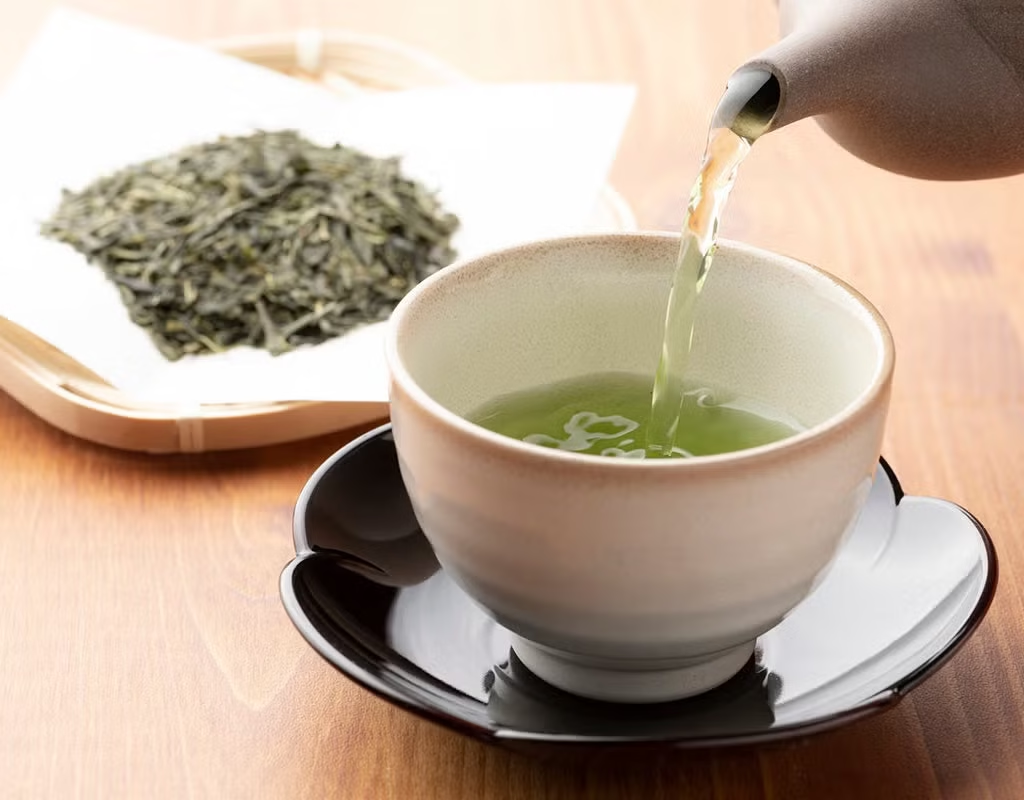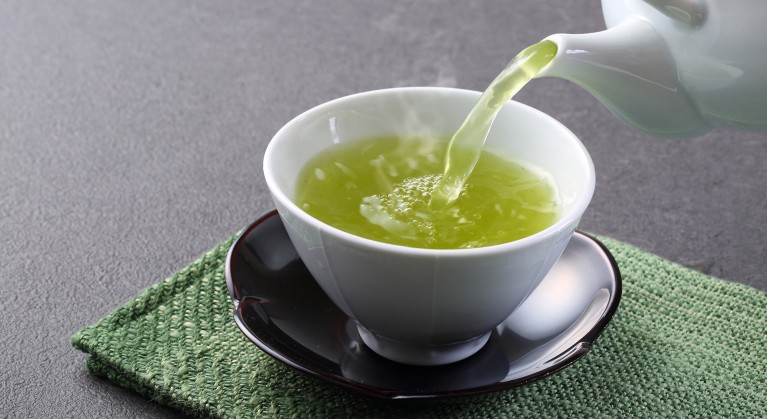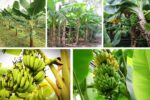Green tea, a beloved beverage known for its delicate flavor and numerous health benefits, has carved out a significant place in the global beverage industry. It is revered not just for its taste, but also for its potent antioxidants, metabolism-boosting effects, and its long association with wellness traditions, particularly in East Asia. While green tea is cultivated in several countries, one nation stands out as the undisputed leader in green tea production: China. This article explores in detail why China holds this position, including historical context, cultivation methods, production volume, global trade influence, and its role in shaping the global green tea industry.
Historical Significance of Green Tea in China

Green tea has deep cultural and historical roots in China, dating back over 5,000 years. Legend credits the discovery of tea to Emperor Shen Nong, who reportedly discovered tea when leaves from a wild tree blew into his pot of boiling water. By the Tang Dynasty (618–907 AD), green tea had become a central element of Chinese culture, cemented through literature, rituals, and daily life.
Chinese tea culture emphasized balance, simplicity, and harmony, all of which are reflected in green tea’s preparation and consumption. This cultural embedment laid the foundation for China’s dominance in green tea production today.
China: The Largest Green Tea Producer in the World

According to the Food and Agriculture Organization (FAO) and various trade and agricultural sources, China accounts for more than 70% of the global green tea production. This figure underscores China’s unparalleled scale, technological advancement, and domestic and international demand for green tea.
Key Statistics:
- Annual Production Volume: Over 1.8 million metric tons (as of 2024)
- Share of Global Production: Approximately 73%
- Major Green Tea-Producing Regions: Zhejiang, Anhui, Sichuan, Hunan, and Jiangxi provinces
- Exports: Over 330,000 metric tons annually to countries like Japan, the U.S., the EU, Russia, and the Middle East
Leading Green Tea Types from China
China is known for its wide variety of green teas, each with unique characteristics based on region, processing style, and leaf variety. Some of the most notable types include:
- Longjing (Dragon Well) – Originating from Hangzhou, Zhejiang province, this pan-fired green tea is known for its flat leaves and nutty flavor.
- Biluochun – Produced in Jiangsu province, this tea has a fruity and floral aroma with curled leaves.
- Maojian – Common in Henan and Hunan, it features sharp, needle-like leaves and a brisk taste.
- Huangshan Maofeng – Grown near the Yellow Mountain, it is cherished for its sweet, mellow flavor and delicate buds.
These varieties demonstrate China’s dedication not only to quantity but also to quality and regional differentiation.
Factors Contributing to China’s Green Tea Supremacy

1. Ideal Climate and Geography
China’s diverse topography and climates—from misty mountains to subtropical zones—create perfect conditions for green tea cultivation. The combination of high altitude, rainfall, and mineral-rich soil enhances the flavor and nutrient profile of Chinese green teas.
2. Traditional and Modern Farming Techniques
China maintains a balance between traditional farming methods and modern mechanization. In regions like Zhejiang, hand-plucked teas ensure quality, while mechanized processing allows scalability in other areas.
3. Government Support and Innovation
China’s government has invested heavily in tea research institutions and export infrastructure. Initiatives under the “Tea Revitalization Plan” have led to increased yields, quality control, and international marketing.
4. Domestic Consumption
Unlike many top agricultural producers that export most of their output, China also has one of the largest domestic green tea markets in the world. This internal demand fuels production, supports farmers, and stabilizes the industry.
Global Competition

While China leads green tea production, other countries also play significant roles in the global market:
1. Japan
Japan is the second-largest green tea producer globally, renowned for high-quality varieties like Sencha, Gyokuro, and Matcha. Japanese green teas are steamed rather than pan-fired, giving them a distinctive grassy flavor and bright green color. However, Japan produces around 100,000–120,000 metric tons, significantly less than China.
2. Vietnam
Vietnam is an emerging force in green tea production. While it lacks the prestige of Chinese or Japanese teas, Vietnam has become a major exporter due to its competitive pricing and improving quality.
3. India
India is more famous for black tea, particularly Assam and Darjeeling varieties, but it also produces green tea in smaller quantities for domestic consumption and export.
4. Sri Lanka and Indonesia
These countries contribute to the global green tea supply but on a much smaller scale compared to China and Japan.
Export and Trade Dynamics

China exports green tea to over 100 countries, with major markets being:
- United States
- European Union
- Russia
- Pakistan
- North African Nations
- Middle Eastern countries
The Chinese green tea export industry is tightly regulated, with strict quality standards enforced for international shipments, including organic certifications and pesticide regulations.
Health and Economic Impact
Green tea’s global popularity is strongly tied to its health benefits, including:
- Rich in Antioxidants (especially catechins like EGCG)
- Promotes Fat Burning and Weight Loss
- Improves Brain Function
- May Reduce Risk of Cardiovascular Disease
- Supports Blood Sugar Control
These benefits fuel not only consumer demand but also health and wellness trends, thus indirectly supporting China’s green tea economy, which contributes billions to its agricultural GDP.
Challenges Facing China’s Green Tea Industry
Despite its dominance, China faces several challenges in the green tea sector:
- Climate Change: Altered rainfall and temperature patterns threaten yields.
- Labor Shortages: Younger generations are moving to urban areas, creating a gap in traditional hand-picking labor.
- Sustainability: Overuse of pesticides and soil degradation are concerns in certain regions.
- International Competition: Countries like Japan and Vietnam are improving their green tea marketing, especially in the premium segment.
To stay ahead, China is increasingly investing in organic farming, AI-assisted cultivation, and sustainable packaging.
Conclusion
China’s position as the largest green tea producer in the world is not merely due to its vast output, but also its rich cultural heritage, commitment to quality, and integrated agricultural policies. From the misty hills of Zhejiang to the fertile fields of Anhui, green tea is both a national symbol and a global export powerhouse.
As consumer interest in healthy living and sustainable products continues to rise, China’s green tea industry is poised to remain at the forefront—steeped in tradition yet evolving with innovation. Whether enjoyed in a ceremonial cup or a ready-to-drink bottle, one thing is clear: the world’s love for green tea begins in China.




